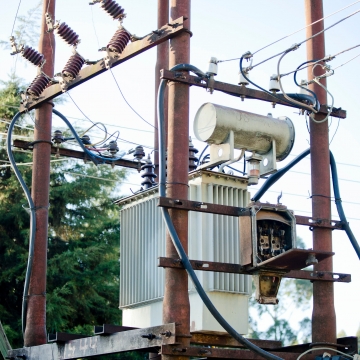The consequences of increasing block tariffs on the distribution of residential electricity subsidies in Addis Ababa, Ethiopia
This study evaluates the distribution of electricity subsidies to residential customers in Addis Ababa, Ethiopia in 2016 that results from the current increasing block tariff (IBT) structure. Customer billing data supplied by the electricity utility were matched with socioeconomic information collected from a survey of 987 households, and used with a utility-specific estimate of the costs of electricity service to estimate household-specific subsidies.

